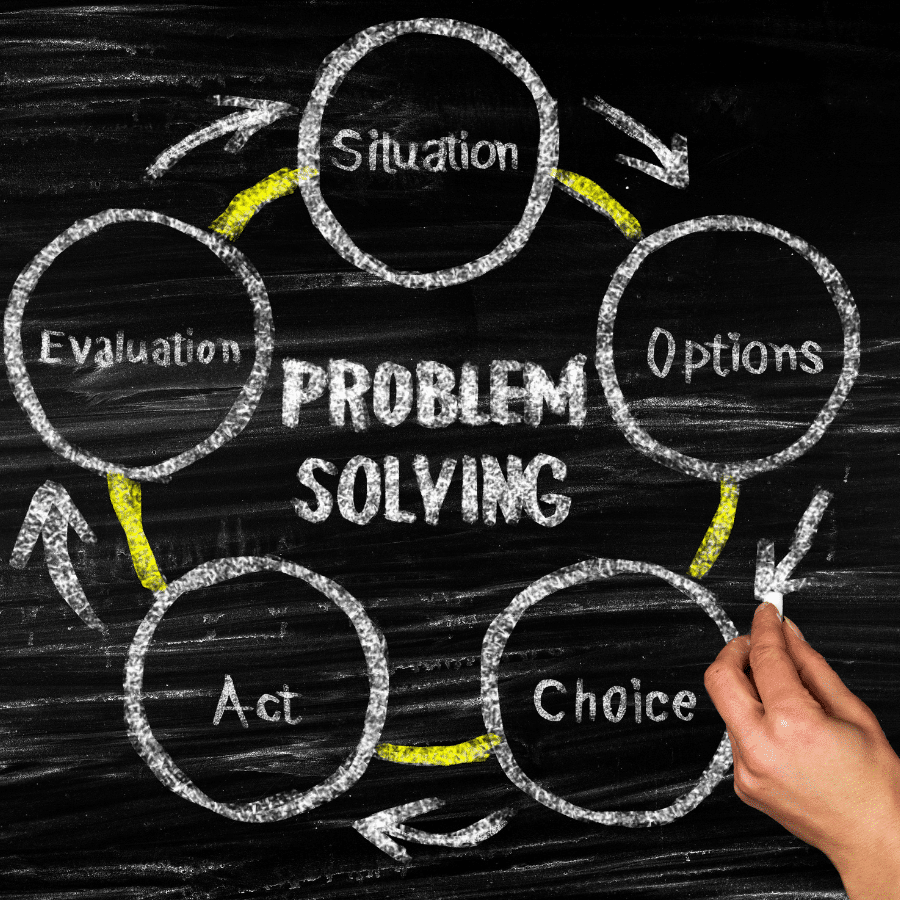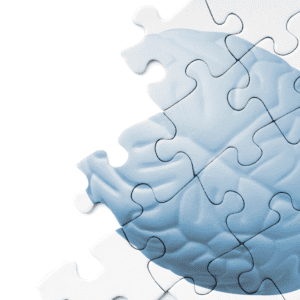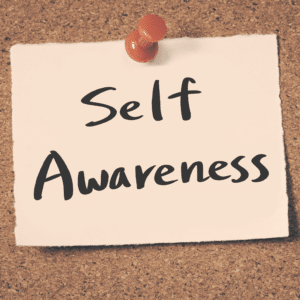介紹
解決問題的技能是批判性思考的重要組成部分,在現實世界中有很多應用。能夠評估情況並產生解決方案對於幾乎任何職業的成功至關重要。在這篇文章中,我將分享一些有效的學習技巧,以提高解決問題的能力,以便您可以在自己的生活中使用它們。
了解問題
- 了解問題
- 認識到如果不理解問題就無法解決問題。了解問題可以幫助您集中精力,確定要使用的正確工具和資源。
分解問題
這是將問題分解為更小的部分然後一次解決一個問題的好方法。在這種方法中,您可以將您的疑問或問題分成可以單獨分析的較小的部分。這些子問題將幫助您確定原始問題的哪些部分比其他部分更重要,並確定解決這些子問題所涉及的任何變數或參數。完成此操作後,請嘗試使用流程圖等視覺化工具來幫助視覺化每個部分如何融入解決答案的整個流程。
識別變數和參數
The first step in problem-solving is to identify all of the variables and parameters in your situation. Variables are things that can change, while parameters are things that do not change. For example, if you want to figure out how many chairs you need for an event with 100 people coming, then “number of people” would be considered a variable because it changes depending on who shows up at the last minute and how many get stuck in traffic on their way there (or whatever). On the other hand, “number of chairs” would be considered a parameter because it won’t change no matter what happens with those other factors–you’ll always have enough seats for everyone regardless!
A good way of remembering these definitions is by thinking about variables as being related to quantity or number while parameters relate more closely with quality or type
使用視覺化工具
Visualization is a powerful tool for problem-solving. It can help you to understand the problem better, get a clearer picture of it, and identify variables and parameters.
For example: Let’s say that we have a problem with our car not starting in cold weather due to bad battery connections. We may have been able to solve this by simply checking all connections (which we did), but if we hadn’t thought about visualization as part of our problem-solving process, we would never have realized that there was an additional problem with corrosion on the cables themselves–this was causing poor contact between them when they were connected together under load from cranking or starting up the engine without having driven anywhere first.*
將問題分解為較小的部分
- 確定問題和問題的組成部分:
- 透過確定您要解決的問題,將問題分解為更小的部分。例如,如果你的數學作業是關於分母不同的分數相加,那麼首先將該任務分解為更簡單的步驟,例如「加」和「分數」。
- 一次專注於一個部分:在處理作業或問題集時,不要試圖一次解決所有問題 - 這只會導致沮喪和困惑。相反,只專注於解決較大任務的一小部分,直到您能夠成功完成為止,然後再繼續!如果此步驟後仍有其他問題未解決(很可能會出現),則再次重複步驟 1-3,直到成功完成所有部分
集思廣益解決方案(產生想法)
When brainstorming solutions, think about how you can solve the problem. Don’t worry about whether your ideas are good or bad, original or not. The goal is simply to generate as many solutions as possible, so don’t hold back!
Once you’ve come up with a list of solutions and have chosen one that seems feasible based on your knowledge of the situation at hand (or if there isn’t one), write down what needs doing in order for this solution to work. For example: “I need four people who are able-bodied enough to carry heavy objects.” Or: “We need more food storage containers.”
評估你的結果
After you have completed the problem-solving process, it is time to evaluate your results. Evaluating your results involves determining whether or not your solution and approach were effective in solving the problem. If they were not effective, then it may be necessary for you to go back through the steps again until you come up with a better solution or approach.
If at all possible, try solving another similar problem by using this new method so that you can see how well it works for different types of problems. If this new method does not work well enough for certain types of problems, then maybe there are some factors within those particular situations that make them more difficult than others; however, if we take these issues into consideration when developing our solutions (or approaches), then we should be able to come up with something more useful overall!
有許多有效的學習技巧可以提高解決問題的能力。
There are many effective study techniques for improving problem-solving skills.
Problem solving is an important skill to have in any field, but it’s especially crucial when you’re looking for work or starting your own business. As a job seeker, you’ll need to be able to solve problems on the fly and think on your feet during interviews–if you can’t do those things, then chances are good that your application will go straight into the trash bin before it even gets read by anyone at all!
結論
我們希望您發現本文對您提高解決問題的能力有所幫助。一如既往,我們鼓勵您嘗試不同的技術,直到其中一種適合您並幫助您更輕鬆地學習。祝你好運!









